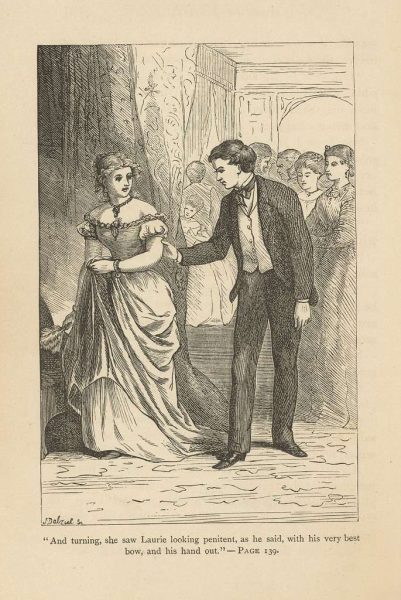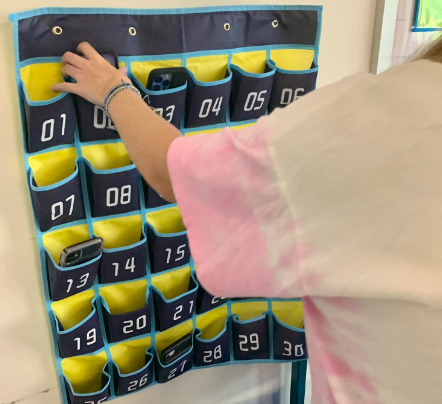Museum opens eyes to the horrors of what should have never happened
As we entered the Holocaust Museum one by one, and were given the identification cards I began to think about how I had the true story of a victim in my hands. The thought of that left an unsettling feeling in my stomach. As we listened to the museum worker speak all I wanted to do was open my card and read it, but I followed the directions given and kept it closed.
As we got into the elevator I remember that someone made a joke about Issh being short. Everyone in the elevator laughed, but our laughter was quickly silenced by the video that started to play above the exit door.
The video was about American soldiers approaching a concentration camp for the first time. The last line in the video clip said something along the lines of “this is what we saw.” A split second later the elevator doors opened, and here was a huge picture of a pile of dead bodies.
No one was laughing now.
The museum floor was practically silent, and that’s when I knew it was going to be a long day in there.
As I mentioned before, the short video in the elevator set up the entire museum perfectly. It ‘welcomed’ us as people who have never seen this evidence before, and that’s how many of the American soldiers felt as they approached camps for the first time. After exiting the elevator the information began to be presented in chronological order. It started with the rise of Hitler and then progressed all the way through the war until it ended with liberations of camps, and then stories told by survivors.
One of the most memorable exhibits in the museum was the shoes that covered the floor. I slowly walked through that room trying to look at every shoe possible. The poem on the wall also caught my attention. It was one of the few things I took a picture of. The poem read, “we are the shoes, we are the last witnesses.
We are shoes from grandchildren and grandfathers from Prague, Paris, and Amsterdam, and because we are only made of fabric and leather and not of blood and flesh, each one of us avoided the hellfire.”
The people that abandoned these shoes are just as innocent as these shoes are, and the people also should have been able to avoid the hellfire. Another thing I remember clearly was the train car that was used to transport people to camps. The darkness inside the train car made me feel uneasy.
One thing I was surprised by was the amount of videos there were. I didn’t think there was that much video evidence of all of this.
Overall, this museum was very educational and should be seen by everyone. As hard as it is to look at all the information and evidence, we can’t hide from it because it did happen and everyone needs to know about it.











